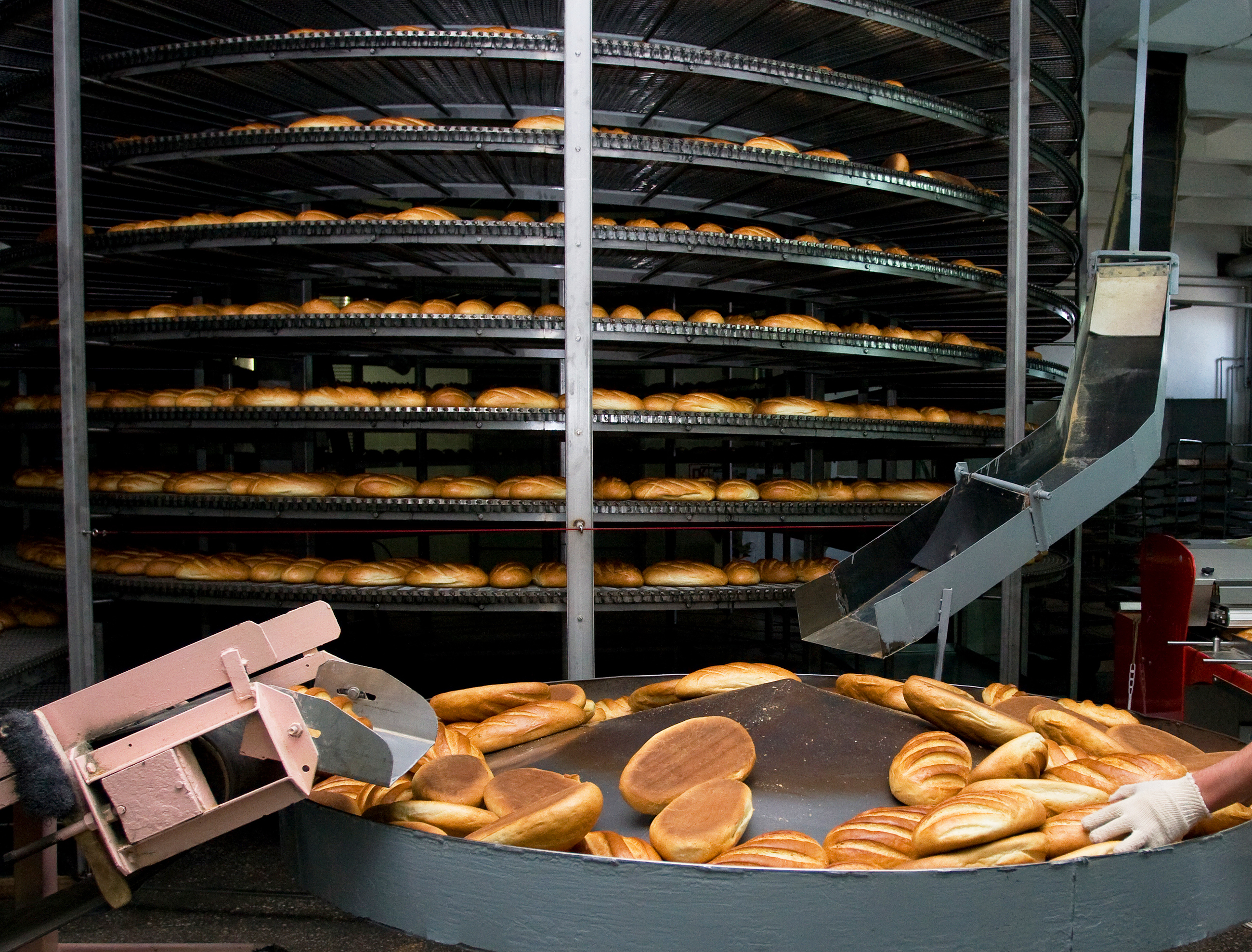Why is product quality important for the food industry? Because customers have high standards and they’re expecting high-quality products that meet their needs. Unless you want to risk your customer satisfaction and sending them to the open arms of your competitors, you need to meet or even better, exceed those expectations.
In today’s blog post, we’ll be talking about the role of quality management in the food industry, why it’s so important and how you can improve it to boost your brand reputation.
Why quality matters

It only takes one product that your customers deem subpar to leave them disappointed and turn away from your brand. That’s why quality matters.
If you can consistently provide your customers with high-quality products, you can benefit from:
- More satisfied, happier customers who are more likely to return to your brand and recommend you to others
- Higher profitability - it’s said that increasing customer retention by just 5% can increase profits by up to 95%. Additionally, it costs five times more to attract new customers than it does to gain business from your existing ones. So, prioritising your existing customers should be a no brainer when it comes to boosting profit margins
- Standing out from the competition - the higher and more consistent your product quality, happier your customers are. That already puts you ahead of the competition
- Protected brand reputation - recalls can hurt your reputation. If you can ensure consistent quality, you can minimise their likelihood and protect your reputation (while simultaneously increasing it)
- Lowered overall costs - as a direct result of a great reputation and high quality products, your overall operational costs may be lower. For example, you may be following more efficient procedures which reduces waste and improves your overall cost efficiency, and higher customer retention means you’re potentially spending less on attracting customers
- Better employee morale - happier employees mean you can reduce staff turnover and their performance improves (which then improves your overall product quality - it’s a never-ending cycle)
How to improve quality and ensure consistency

Here are some considerations to keep in mind when it comes to ensuring high quality:
- Raw material control/ingredient specifications - document these to maintain consistency and ensure you regularly review and modify as needs change
- Suppliers - a pre-approved supplier list would help your team responsible for purchasing and quality control
- Product formulation - if it’s documented, you can ensure quality is consistent across batches, lots and production days
- A robust allergen management process - to reduce the likelihood of product recalls and ensure your end consumers are safeguarded
- Manufacturing process control - document your processes to ensure all employees (both new and long-time) are meticulously following your processes. This also includes sticking to manufacturing and sanitation best practices
- Final product standards - your final product needs to meet the specific physical, chemical and microbiological characteristics you’ve set. Make sure you also have specific rejection criteria
- Packaging and labelling - the packaging you choose should adequately protect your final product while the labelling should meet current regulations
As you can see, quality is about more than just your finished products. It’s also about your systems, processes and people responsible for creating that product - all are key in ensuring a high-quality result. Thankfully, it doesn’t need to be impossible or an arduous task if you have a solution that can help you efficiently and successfully manage all of the considerations above.
Improve quality management in the food industry with the right technology

A food ERP system must have the relevant quality control functionality to perform all quality testing and reporting. Then that quality control data should be used to facilitate the best possible decision-making and production planning.
The right solution should enable you to create tests and design the appropriate response to their outcomes. Having quarantine procedures to ensure that items aren’t distributed and materials not used until they’ve passed testing is a good example of this.
In addition, the right solution should:
- Comply with governmental, industry, and corporate regulations and quality standards for the food industry
- Incorporate effective quality criteria into business processes and align them with quality policies
- Have the right documentation to demonstrate adherence to certain quality parameters and certificates of analysis with the solution
But to maximise your technology investment, they must be evergreen...
As important as business applications are to the productivity and efficiency of your business, it’s equally important to maintain them. In other words, are you prepared to keep them evergreen?
It’s not easy to give up the time or resources to maintain your apps in-house without losing out elsewhere across the business. A managed services provider (MSP) can ensure optimum performance through proactive maintenance.
An MSP can help you:
- Maximise business uptime as you’re always running on the latest software versions (which are less susceptible to vulnerabilities and security risks). Plus, an MSP can help roll out the updates at a time where it will have the least impact on system uptime
- Benefit from the latest features and functionalities which can save time and improve productivity
- Save resources overall as not only will you benefit from smaller, iterative updates instead of ‘big bang’ system implementations, you no longer need to manage the complex ‘evergreen’ process. Monitoring release dates, analysing release notes and their impact on your business, testing the updates - all of this can be handled by the MSP
- Gain access to ERP system expertise - for example, if you chose Microsoft D365 ERP, an MSP with Dynamics experts can help you manage the release process, highlight which version updates are most relevant for your business and how they might impact your business
Read about Columbus’s Evergreen services in more detail via the button below.
Your choice of technology matters; here’s where to find out more…
In the food sector, your reputation is as good as the quality of products that you supply to the market. Regulations and quality standards also have a direct bearing on your operation.
Addressing this requires a solution that will help you manage the quality of the processes throughout the entire supply chain. But how do you find that ideal solution?
In our guide to food manufacturing ERP solutions, we cover the eight key features you should look for. From ingredient traceability and quality management to Catch Weights and inventory optimisation, grab a copy of the guide today and get your business on the path to success.
.jpg?width=100&name=JHAL%20headshot%20(2).jpg)

